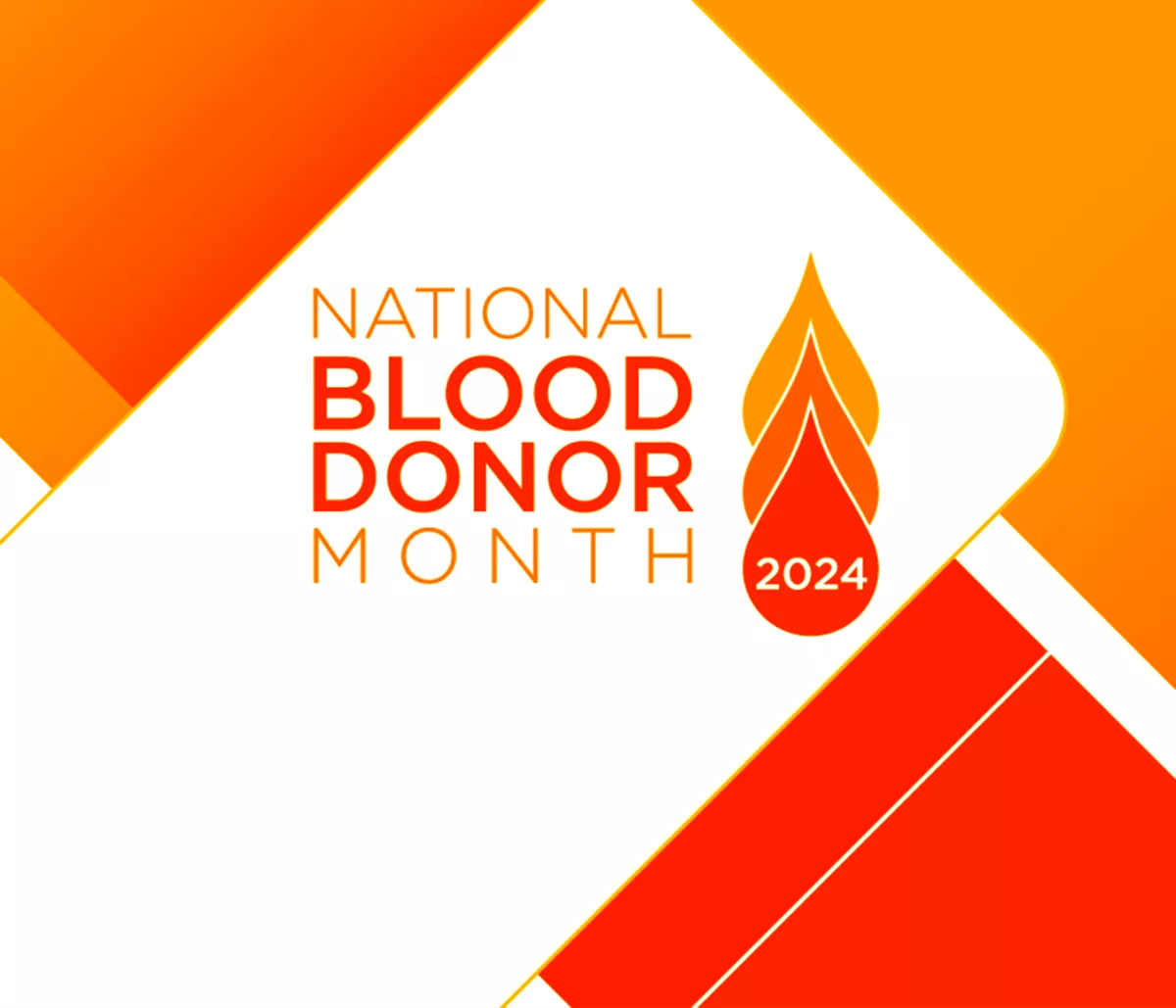Blogs
Mental Health Awareness Month: Suicide Prevention
May 15, 2023As mental health awareness month continues, we at True Care would like to draw attention to an extremely important cause at the heart of mental health: suicide prevention. As one of the leading causes of death in the United States, suicide is a major public health problem. More than 700,000 people die by suicide ever year. For each suicide, there are more than 20 attempts that are unsuccessful. Suicide and suicide attempts impact families, friends, colleagues, communities and societies. Outside the U.S., 77% of global suicides happen in low-and-middle income countries.
Preventing suicide requires strategies at all levels of society. This includes prevention and protective strategies for individuals, families, and communities. Everyone can help prevent suicide by learning the warning signs, promoting prevention and resilience, and a committing to social change.
Warning signs
The causes of suicide are complex, and they vary between adults and the youth. Causes are determined by a combination of factors such as:
- mental illness
- substance use
- loss/grief
- exposure to violence
- social isolation
Suicide risk factors and warnings for adults:
- Talking about or making plans for suicide
- Acting anxious or agitated; behaving recklessly
- Talking about being a burden to others
- Talking about feeling trapped or in unbearable pain
- Increasing the use of alcohol or drugs
- Talking about feeling hopelessness or having no reason to live
- Sleeping too little or too much
- Withdrawing or feeling isolated
- Showing rage or talking about seeking revenge
- Displaying extreme mood swings
Suicide warnings for youth:
- Talking about or making plans for suicide
- Expressing hopelessness about the future
- Displaying severe/overwhelming emotional pain or distress
- Showing worrisome changes in behavior, particularly in combination with the warning signs above including:
- Significant withdrawal from or changing social connections /situations
- Significant changes in sleep (increased or decreased)
- Significant anger or hostility that seems out of character or out of context
- Significantly increased recent increased agitation or irritability
The risk is greater if the behavior is new or has increased, and if it seems related to a painful event, loss, or change. It's time to take action if you notice these signs, or any strange behavior in family or friends.
Causes
The causes of suicide can be thought of as situations or problems that increase the possibility that a person will attempt suicide. While the link between suicide and mental illnesses (in particular, depression and alcohol use disorders) is well established, many suicides happen impulsively in moments of crisis. The strongest risk factor for suicide is a previous suicide attempt. However, suicide is rarely caused by a single circumstance or event and instead, a combination and/or range of factors.
Some risk factors include:
- experience of loss/severe grief
- loneliness
- discrimination
- a relationship break-up
- financial problems
- chronic pain and illness
- being a victim of violence
- physical, emotional, and substance abuse
- interpersonal conflict
- sense of hopelessness
- history of depression or mental illness
- job/financial problems
- impulsive or aggressive tendencies
Suicide prevention resources
The goal of suicide prevention is to reduce factors that increase risk and increase factors that promote resilience. To reach the suicide prevention hotline, dial 988 on any cellular device. The National Suicide Prevention Lifeline is a national network of more than 150 local crisis centers. It offers free and confidential emotional support around the clock to those experiencing a suicidal episode. Preventive measures that can be taken to prevent suicide include:
- Hope box: A hope box is a place to put special memory items or little trinkets, such as photos of an important day, concert or train tickets, gifts or notes that friends or family have given, or even receipts for things you'd like to remember enjoying. It can be great to look back at when someone feels like they have nothing to live for.
- Suicide hotline: 988 is the U.S suicide & crisis emergency lifeline number. They offer 24/7, free and confidential support for people in distress, prevention, and crisis resources for you or your loved ones, and best practices for professionals. Dialing 911 is also an option.
- Digital tools: Self-care apps such as the Calm Harm app provides some immediate activities and techniques to break the cycle of self-harm behavior and explore underlying trigger factors. It is designed to help build a ‘safety net’ of helpful thoughts, behaviors, and access to supportive people, as well as providing the opportunity to journal and self-reflect.
- Emotional discharge: Using emotional discharge techniques are a great way to release emotions stuck in the body that may trigger suicidal thoughts. These practices include taking time to slow down and be alone, getting out into nature, making art, listening to music while you cook your favorite dinner, meditating to cleanse your mind and relax your body, or taking a bath or a nap to restore. This will nourish the body, mind, and soul, helping to restore the feeling of joy.
- Lifestyle maintenance- Oftentimes, feeling low can make people turn to sources of dopamine like drugs and alcohol, to counteract the feeling of hopelessness. But the truth is, these substances only suppress, they don’t heal, and they certainly cloud judgment which leads to repetitive self-harm. Mitigating substance abuse of any kind is vital towards reaching a state of clarity, especially when having suicidal thoughts.
For people who may noticing suicidal behavior in a loved one:
- Create a protective environment: Reassurance can save a life. Assure your loved one that they are welcomed and loved at any time, even when they don’t feel it. Reduce access to substances like drugs and alcohol. Creating a healthy environment free of triggers can help remind our loved ones that life is worth living.
- Coping & problem solving skills: Sometimes, people just have a hard time coping with personal issues, societal burdens, and other stressful factors, and see suicide as a way out of it all. Learning coping mechanisms as a group can help create a healthy environment for everyone, and establish a safety net for when suicidal thoughts arise.
- Dialectical behavior therapy (DBT): DBT is a type of talking therapy treatment that can be performed by either one to one talks with individual therapists, a group therapy session, or phone coaching therapy with a DBT therapist. The four main pillars of DBT are stress tolerance, emotion regulation, mindfulness, and interpersonal effectiveness, specially adapted to treat individuals who suffer from extremely intense emotions. This could be a life-changing therapy for suicidal people; a way to help them open up to the people that care about them the most.
- Help them connect: Work with the loved one to develop a safety plan. This can include ways for them identify if they start to experience significant, severe thoughts of suicide along with what to do in those crisis moments. A safety plan can also include a list of individuals to contact when a crisis occurs.
The average episode of suicidal ideation lasts only 20 minutes and that feelings will likely subside as time goes on if the person experiencing them can just endure until the episode passes. This is obviously easier said than done, however with the implementation of suicide prevention resources, suicidal persons may be able to control these emotions and eventually stop feeling them.
Conclusion
Suicide touches whole communities. Each person who dies by suicide leaves behind people who knew that person, along with the impact of suicide and the bereavement that follows. Many suicides can be prevented by recognizing dangerous warning signs, staying alert to personal and cultural risk factors, and learning to handle suicidal crises by seeking professional help.
This month, and every month, if you are a friend or family member of someone who you believe is suicidal, listen, don't judge, and know the warning signs. You could save a life and inspire others to do the same. What’s most important is that take action in communities and as a society to support people and help protect them from suicidal thoughts and behavior.
No comments found.Leave a Comment

Breaking Barriers in Healthcare: The Inspiring Stories of Black American Trailblazers during Black History Month
During Black History Month, it is important to recognize and celebrate the incredible achievements and contributions of Black Americans in various fields. In the healthcare industry, Black Americans have played a crucial role in breaking barriers and paving the way for future generations. True Care Home Care is honored to highlight the inspiring stories of […]

10 Heart Healthy Tips
February is Heart Health Month, a time dedicated to raising awareness about cardiovascular health and promoting healthy habits. Taking care of your heart is essential for overall well-being and longevity. Whether you’re young or old, it’s never too early or too late to start prioritizing heart health. In this article, we will provide you with […]

The Top 10 Most Common Winter Ailments: What You Need to Know
The Top 10 Most Common Winter Ailments: What You Need to Know During the winter months, many people experience a variety of ailments that are specific to the season. These ailments can range from common colds and flu to more serious conditions like pneumonia and bronchitis. At True Care, your priority is your health so […]

Essential Tips for Keeping the Elderly Healthy and Happy in Winter
10 Essential Tips for Keeping the Elderly Healthy and Happy in Winter As the winter season approaches, it is important to ensure the health and happiness of our elderly loved ones. The colder temperatures and harsh weather conditions can pose significant challenges to their wellbeing. That is why True Care Home Care has compiled a […]

Saving Lives One Drop at a Time: Celebrating National Blood Donor Month
Saving Lives One Drop at a Time: Celebrating National Blood Donor Month Every January, National Blood Donor Month is celebrated in the United States to raise awareness about the importance of blood donation. This month-long campaign aims to honor the individuals who make a difference by donating blood and saving lives. By shedding light on […]
